It seems hard to believe that the Value Electronics TV Shootout has been going on for over 20 years. Begun in 2004 as a private event for the store’s customers and local enthusiasts, the TV Shootout was created as a passion project by Value Electronics owner Robert Zohn in order to determine which TV was the best in overall picture performance: the King of TVs. The TV Shootout is now one of the premier TV comparison events, drawing media coverage and online viewers from around the world.
The premise is simple: bring the top performing TV models together in a room, calibrate each one for peak performance and subject them to a battery of tests including high quality and lower quality content and test patterns designed to highlight specific areas of TV performance. A panel of judges scores each TV in a number of different performance categories, the scores are tabulated and a new King is crowned.
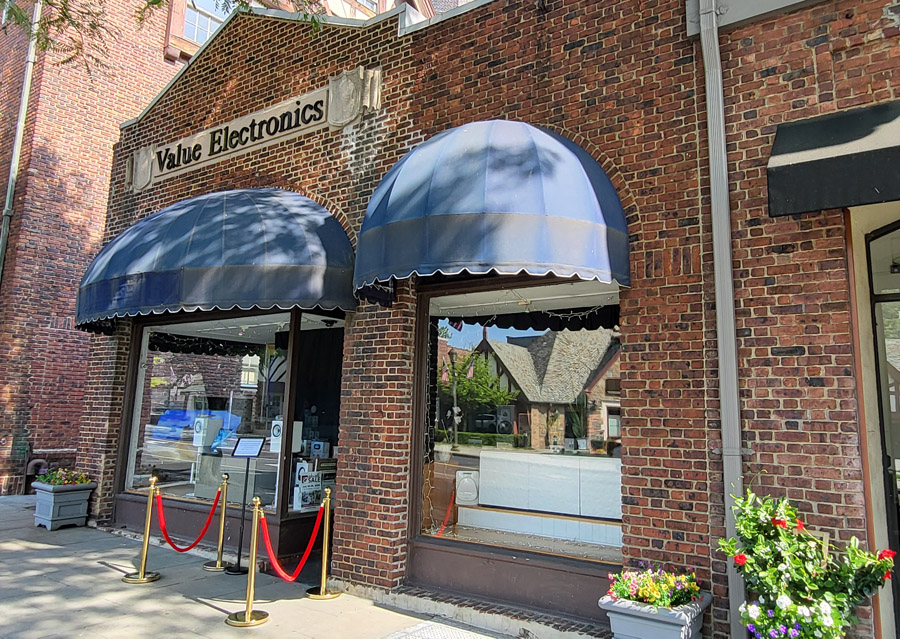
While the event had moved to Manhattan for a few years, last year marked the return to Value Electronics hosting the event in-house, at their showroom in Scarsdale, NY. Value Electronics is an independent retailer which sells all of the TVs included this competition. Review samples were provided by Robert from his retail stock (these were not manufacturer-tweaked samples).
In Robert’s own words, “After hosting the event in New York City venues for many years, we are glad to bring the TV Shootout back to its roots and host it in our Scarsdale, NY store, where it first originated. This side-by-side comparison will show off each display’s capabilities. This is a must-see event for all who are interested in the best video displays.”
The 21st TV Shootout was held this past weekend (July 26, 2025) and we were there (as we have been since 2011), so we can tell you how it all went down. Would Sony continue their winning streak from years past? Would Panasonic’s first entry into the competition in over a decade give the leaders a run for their money? Would LG’s new RGB Tandem OLED panel make the others run for cover? Or would Samsung win the judges over with their new QD-OLED panel and improved glare-free matte screen? Stay tuned to find out. Or just skip down to see the results if you’re in a hurry.
TV Evolution: From CRT to Plasma to LCD to OLED
Traditionally the TV Shootout event has included TV models using different technologies. While CRT and rear projection TVs were still being sold in 2004, plasma was just making its way to the mainstream with sexy flat panel TVs you could hang on your wall, Thus, the Flat Panel TV Shootout (as it was originally called) was born.
Over its history, the event has included plasma TVs, LCD TVs and OLED TVs. Early on, plasmas dominated the competition with their deep black levels and superb contrast. But plasmas eventually lost the war to LCD TVs, not because of inferior picture quality, but because LCD TVs were both brighter and cheaper to manufacture. In a bright showroom, it was tough to see the merits of the relatively dim plasma TVs, particularly when placed next to a bright LCD TV at half the price. Plasmas really shined (no pun intended) in rooms with more subdued lighting.

In 2013, when OLED TVs came to the mass market, they too began dominating the Shootout as well as scoring highest on critical and consumer reviews. And they did this for the same reason as plasma: OLED’s emissive display technology means that each individual pixel can be controlled – on, off or anywhere in between. And this allows OLED TVs to create perfect black levels and excellent contrast. But OLED TVs are much brighter than plasmas, and have been increasing in brightness year over year in order to stay competitive with the brightness of LCD TVs.
LCD TV’s Achilles Heel: Black Levels and Contrast
LCD TVs (including the latest QLED, QNED, MiniLED/LCD TVs and even RGB MiniLED/LCD TVs) all require a backlighting system because the LCD panels themselves are not bright enough on their own to be viewed in normal lighting conditions. By shining a light behind and through the LCD panel, it becomes visible. And while these LED backlighting systems can reach extremely high brightness levels, they also lead to picture artifacts like haloing (brightness that bleeds around the edges of bright objects on dark backgrounds) and the so-called “Dirty Screen Effect” (DSE), which results from uneven lighting areas with light or dark splotches on the TV screen. This is also referred to as poor image uniformity.

These artifacts are created because there is never a close enough match between the backlighting “zone” and the pixel (except on super-expensive dual panel LCD TVs used as reference monitors). One lighting zone on a consumer LED/LCD TV may have the job of lighting up thousands of individual pixels. And from this lighting zone, you may have images on screen that require some of the pixels to be black, while others are white or brightly colored. Think of a starfield where most of the image is pure black with the tiny bright spots of stars. And, while the LCD panel effectively has electronic “shutters” that block the light on each pixel, there is inevitably a little bit of light that bleeds through these shutters, leading to less than perfect black levels and contrast.
Because of these fundamental differences in picture technology and performance, OLED TVs tend to perform better than LCD TVs under the scrutiny of critical eyes, particularly on content that features images with lots of contrast, specular highlights (bright details) and shadow detail. This has led to LCD TVs generally performing less well than OLEDs in head to head competitions like the TV Shootout.
At last year’s Shootout, the show organizers acknowledged this by separating the competition into two categories: three OLED TVs competed against each other while three MiniLED/LCD TVs competed against each other. And actually TWO Kings were crowned in 2024. The Sony A95L QD-OLED TV won “King of OLED TV” while the Sony BRAVIA 9 won “King of MiniLED TV.” Looking at the scores, even the poorest performing OLED TV exceeded the scores of the best MiniLED TV on most of the critical picture quality tests.
This year, in the 2025 TV Shootout, they took this one step further. LCD TVs were excluded from the competition entirely. The four contenders in the 2025 TV Shootout all use some form of OLED technology, but this doesn’t mean they all look the same. All models were tested in the 65-inch size so none had any unfair advantages in size.
Contenders in the 2025 TV Shootout with Current MSRP:
- LG 65-inch G5 OLED TV (OLED65G5WUA) – $2999.99 – Amazon | Crutchfield
- Panasonic 65-inch Z95B OLED TV (TV65Z95BP) – $3399.99 – Amazon
- Samsung S95F QD-OLED TV (QN65S95F) – $3299.99 – Amazon | Crutchfield
- Sony BRAVIA 8 II QD-OLED TV (K65XR80M2) – $3299.99 – Amazon | Crutchfield

Both the Samsung S95F and the Sony BRAVIA 8 II feature the latest generation QD-OLED panel from Samsung Display. These use blue OLED pixels and a Quantum Dot color layer to produce rich vibrant colors. This year’s QD-OLED panel offers a significant brightness improvement over last year’s best QD-OLED panel and a wider color gamut than W-OLED panels.
Meanwhile the LG G5 and the Panasonic Z95B use the brand new quad stack “Primary RGB Tandem” 4th generation OLED Panel from LG Display. Like the latest QD-OLED, LG’s newest panel also offers much higher peak brightness than last year’s highest performance WRGB OLED panel as well as more extended color reproduction.
The Secret Sauce
Every manufacturer puts its own spin on their flagship OLED TVs. Each brand offers its own proprietary picture processing technology, which comes into play with things like color reproduction, upconversion and HDR tone mapping. Samsung’s S95F uses the company’s glare-free matte screen to minimize reflections in bright rooms while the Sony uses a more subtle glossy but still somewhat anti-reflective screen coating. Panasonic uses an innovative cooling system through the TV chassis that allows the OLED panel to passively dissipate heat more effectively than traditional designs. Meanwhile LG is the grandaddy of OLED TVs, so one would expect the company to be able to get the optimum image out of its new Primary RGB Tandem OLED panels.
This year, I was tapped to be a judge at the event, joining a number of experts in fields like content creation, film production, video authoring and compression as well as fellow tech journalists and reviewers. Emcee and master calibrator DeWayne Davis had calibrated each display in advance and led us through a series of test patterns and real world content (movies and TV shows) selected to highlight specific areas of picture performance. TVs were calibrated in a dark room to 100 nits peak brightness for SDR content and were all perceptually matched to the reference monitor for color temperature. Separate calibrations were done for each TV for HDR content as well.
The test categories included contrast, color accuracy, color saturation and motion handling as well as black levels, picture uniformity and picture processing. Each test was repeated for SDR (standard dynamic range) and HDR (High Dynamic Range) content. The evaluation also included sections for bright room viewing which revealed how well these TVs could keep up with brighter room lighting and reflections using standard “out of the box” picture settings (no calibration).
As in previous years, there were two additional displays: Sony’s BVM-HX3110 professional broadcast monitors ($47,000 each) were used as a reference to compare to each consumer display. In some segments of the competition, such as clips that used REC.2020 color space and the “out of the box” bright room viewing, the reference monitors were turned off as these had been calibrated for dark room performance and were not capable of reproducing as wide a color gamut as some of the consumer models in the competition. In those tests, our scores were a bit more subjective as we were judging which display looked “best” according to our own preferences.
Source devices used in the event include a Panasonic UHD Blu-ray Disc player (the Magnetar player they originally intended to use was apparently misbehaving) as well as a Kaleidescape Strato V media player. As in previous years, professional matrix switching and distribution gear was provided by AVPro Global.
The Good, The Bad… and the Ugly
While all of these flagship OLED displays were capable of exceptionally good performance on a wide selection of program material, there were a few surprises and standouts. While LG’s G5 produced excellent peak brightness for an OLED TV as well as perfect blacks, it struggled with some of the tests including color saturation, particularly low luminance color saturation. In dim scenes, colors like yellow and red in particular looked a bit washed out, compared to the reference displays. The G5 struggled in some other areas of picture performance as well, such as shadow detail, as indicated on the judges’ aggregate scorecard (included below).
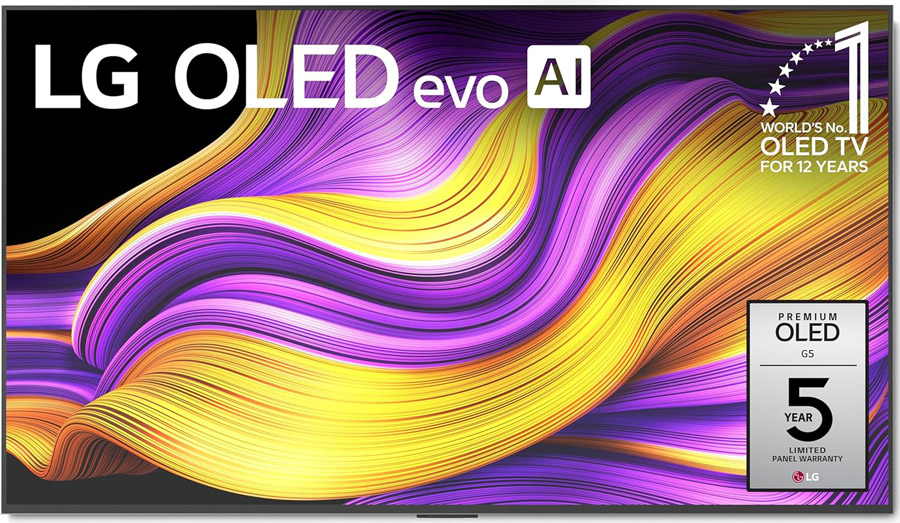
The sets that use a QD-OLED panel (Sony BRAVIA 8 II and Samsung S95F) actually have a wider color gamut than those that use a W-OLED panel (LG G5 and Panasonic Z95B). This difference is not that easy to spot on real world content though it can be seen on certain test patterns. It can lead to subtle difference in color accuracy and vibrance on high bandwidth 4K/HDR content.
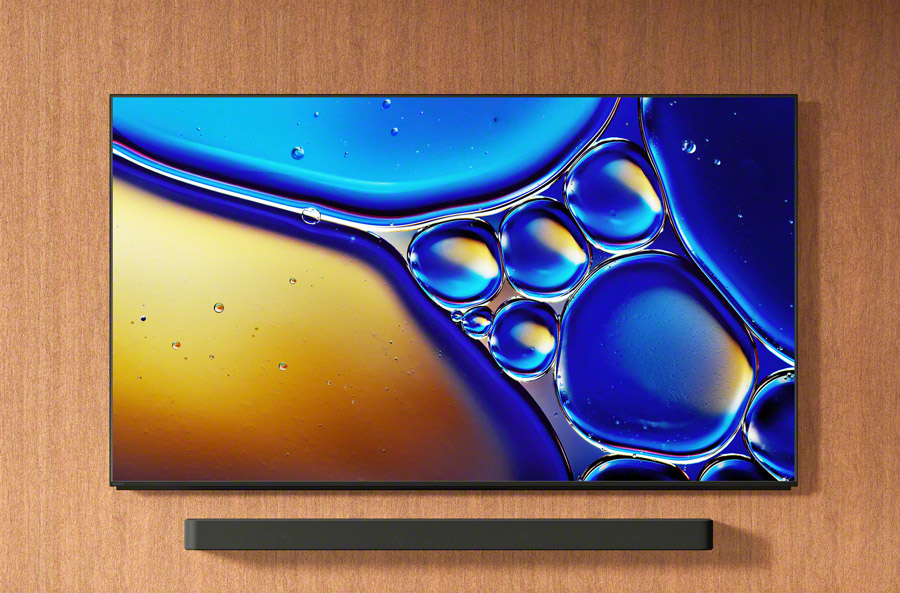
And while the Sony BRAVIA 8 II measures the lowest for peak brightness, its advantages in color accuracy, saturation and video processing led to a standout performance on many of the tests, particularly on SDR content in the subdued lighting of the evaluation room. Sony may consider the BRAVIA 9 MiniLED to be its “flagship TV” overall but for my tastes, the BRAVIA 8 II offers superior performance on every level except peak luminance. Sadly, the BRAVIA 8 II is not (yet?) offered in a size above 65 inches. A 77-inch version of the BRAVIA 8 II would be hard to beat for those looking for a larger screen size.
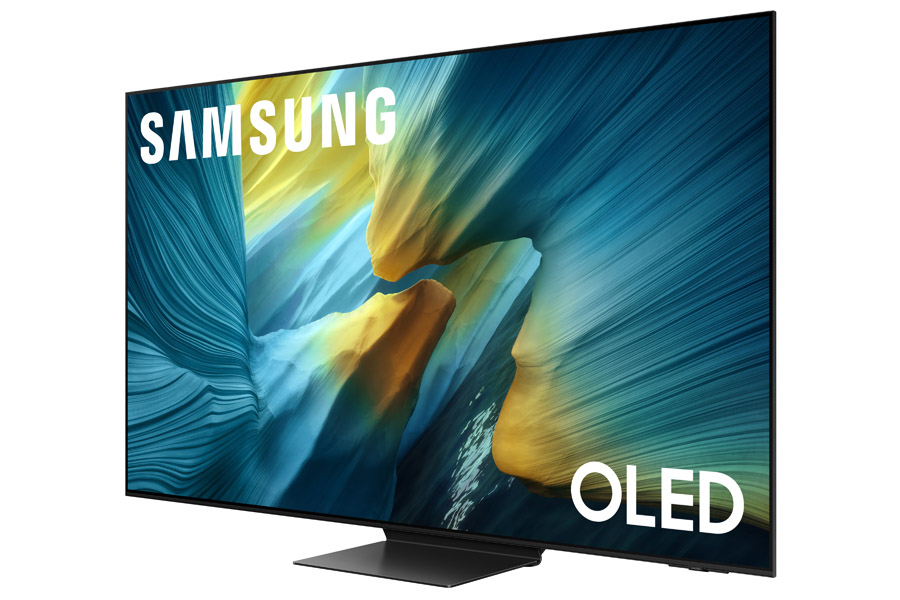
Samsung’s controversial choice to use a matte finish on their flagship OLED didn’t seem to get in the way for most of the testing, and actually helped the TV to score very highly on the bright room/out of the box categories. That matte finish may lead to an elevation of black levels in a bright room, but it also nearly eliminates the mirror-like reflections that can destroy the performance of a TV when the lights or on or the sun is streaming in through windows. If you like to watch TV in a bright room and don’t want to invest in blackout drapes (or… you know… flip the light switch), the Samsung S95F is something you should check out in person.
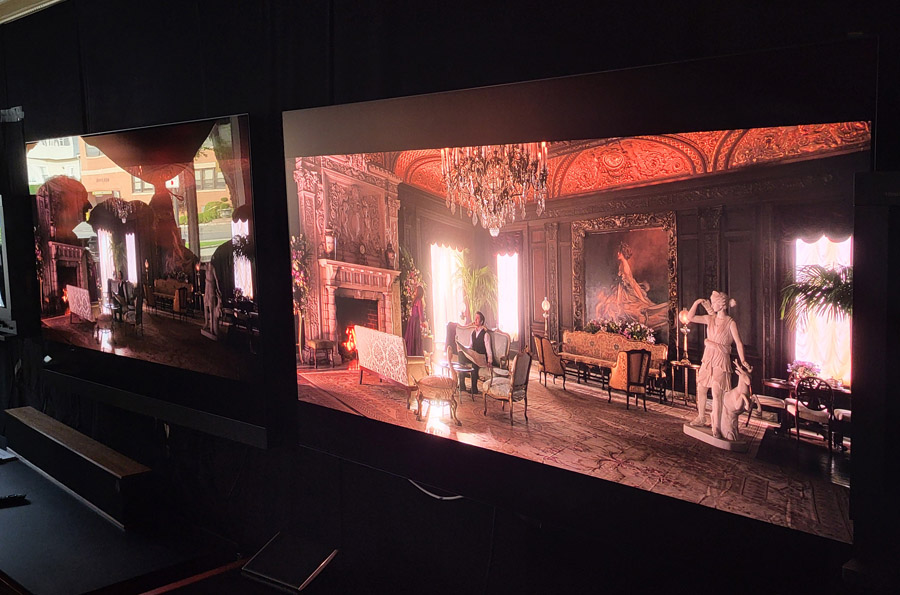
Panasonic’s Z95B was the dark horse in this year’s TV Shootout as Panasonic exited the U.S. TV market over a decade ago and only came back late last year. The Z95B actually earned the top scores in HDR performance and also offers additional advantages like a top notch built-in speaker system and support for both HDR10+ and Dolby Vision (the competitors support only one or the other of those HDR formats).
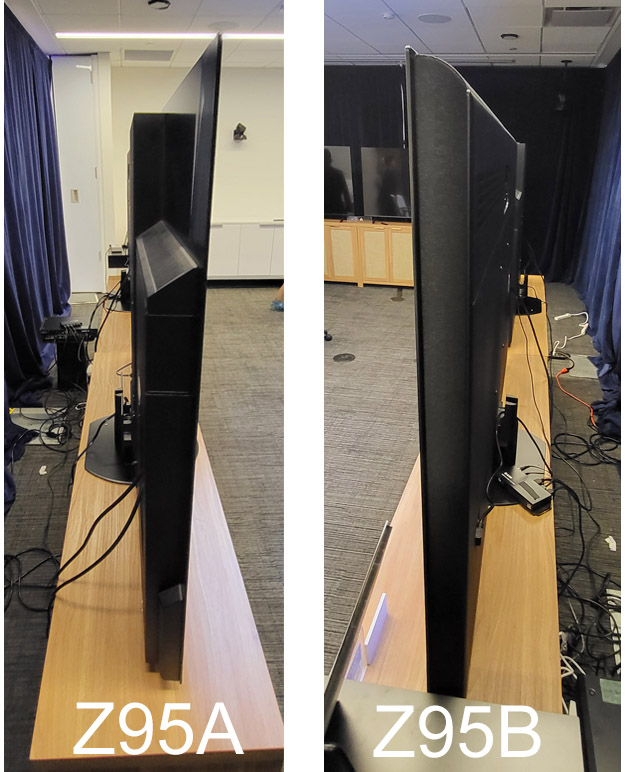
The Panasonic Z95B put in a strong performance overall and had virtually zero significant weaknesses in picture performance. It is a bit thicker than competitive models, however. The company chose a uniform cabinet depth, instead of the typical thin panel design with a bump at the bottom for inputs, outputs and control circuitry. It is designed this way both for heat management (to keep the OLED panel cool) and for sound quality.

So, Who Won?
Judges were instructed to score each TV in each category from 1 to 5 in 0.5 increments. After the scorecards were collected and tabulated, the event hosts shared the results with the attendees. The Panasonic Z95B had the highest overall score for HDR testing while the Sony BRAVIA 8 II had the highest score for the SDR testing as well as the highest overall score. So, for the seventh year in a row, Sony won the TV Shootout and the Sony BRAVIA 8 II OLED TV was crowned the new “King of TV.”
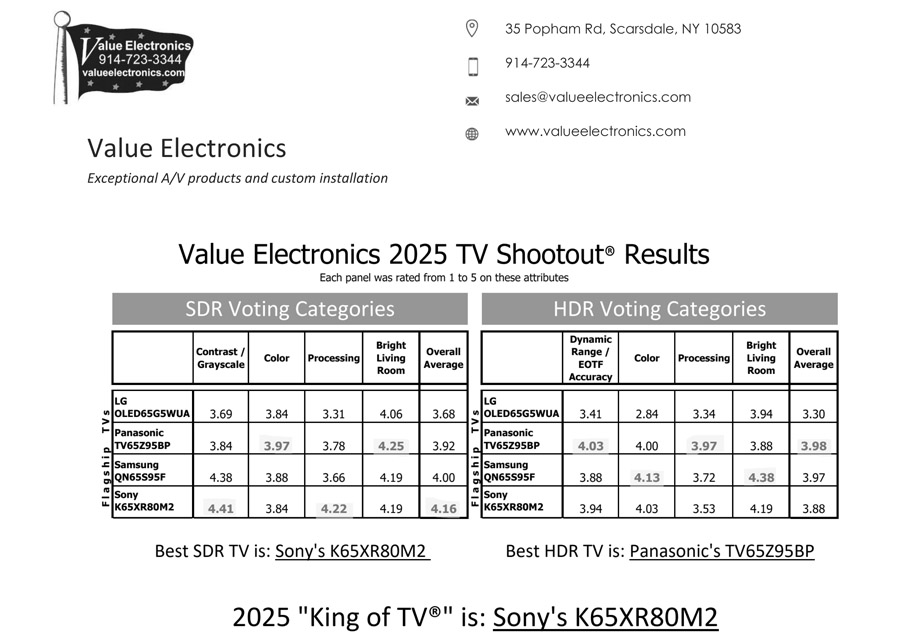
As in past years, the competition was extremely close with the Sony BRAVIA 8 II’s overall composite score only three hundredths of a point higher than the Samsung S95F and the Panasonic Z95B four hundredths behind that. The LG G5 finished in fourth place overall.
Overall Composite Scores (average scores including both SDR and HDR scores):
- Sony BRAVIA 8 II: 4.02
- Samsung S95F: 3.99
- Panasonic Z95B: 3.95
- LG G5: 3.49
What Wasn’t Considered?
While the TV Shootout is a great event for evaluating a TV’s picture quality, it doesn’t tell the whole story. Factors like aesthetics, usability, sound quality and features were not considered in the scoring. And all of these things can impact an owner’s long-term enjoyment of a TV.
For example: we didn’t view any content that used Dolby Vision or HDR10+ dynamic HDR. To do so would have been problematic as neither the Samsung TV nor the Sony broadcast monitors support Dolby Vision and only the Samsung and Panasonic OLED TV supports HDR10+. So an apples to apples comparison would have been difficult. Panasonic’s Z95B was the only TV in the competition to support both dynamic HDR formats.
Also, the user interfaces of all models are quite different. Samsung and LG each use their own proprietary in-house Smart TV platforms (Tizen and WebOS, respectively). Sony uses Google TV and Panasonic uses FireTV. All four platforms offer intuitive access to all of the major streaming services, but they do so in slightly different ways. All of these systems favor or highlight content from which the TV maker or its partners can generate revenue, whether that’s “LG Channels” or premium content on Google TV or Amazon Prime Video.
Sony currently offers two exclusive streaming features that the other TV makers can’t match: Sony Pictures Core and DTS:X Sound with IMAX Enhanced content on Disney+. Sony Pictures Core is a high bandwidth, high quality streaming service which offers access a selection of movies for rent or purchase in quality that approaches that of the best physical media. And the DTS:X/IMAX Enhanced feature on Disney+ allows you to watch IMAX movies at home with a dynamic soundtrack sourced from the 11-channel IMAX theatrical mix. If you’re a movie lover who enjoys a theatrical experience at home, both of these services are worth checking out. And neither of them are currently available on any of the competitive TVs in this shootout.
Sound quality also wasn’t considered or evaluated. We would hope that anyone who is prepared to spend over $2500 on a TV should spend a few extra bucks on a soundbar or receiver and speakers. But for those who do rely on the TV speakers, Panasonic’s Z95B stands out for its relatively immersive and dynamic sound, thanks to a partnership with Technics and more cabinet volume which allows the speakers to reproduce more bass. Sony’s approach to TV sound is a bit different – at least on their OLED TVs – in that actuators on the TV turn the entire screen into a speaker. This creates sound that is really nicely locked to the on-screen images. And it works well when you combine it with a Sony soundbar or speaker system where you can use the BRAVIA 8 II’s built-in speaker as the center channel for surround sound.

The Bottom Line
Nothing is perfect, neither a TV nor an event to identify the “best” TV. But the TV Shootout does a pretty fair job in leveling the playing field among the top rated TVs in order to let the top performers stand out. All TVs are professionally calibrated. All TVs display the same source through a high quality switching system which provides identical content to each TV. Independent judges are selected from a variety of fields including content creation, video authoring, professional calibrators, tech journalists and reviewers.
As always, we’d recommend checking out the full scorecard (above) as this will help you to make an informed choice in your TV purchase. If bright room performance is not important to you (or very important to you), your top TV may be different from the event “winner.” And if the aesthetics, user interface, sound quality and features matter, we’d suggest trying to find a local dealer where you can interact with these TVs in advance before making a purchase. Although the differences we saw in these TVs’ performance were real, some of them were fairly subtle and were only visible on select content or test patterns.
With this batch of contenders, it’s hard to make a “bad” choice.
Special Thanks to Robert Zohn and Value Electronics for hosting the event and inviting us to be a part of it. Robert tells us that he is offering a limited time promotion on these sets at Value Electronics following the event (details available on their web site).
Related Reading:
- Podcast: 2025 TV Shootout Results Analyzed With B The Installer
- Hands on with LG’s New B5, C5 and G5 OLED TVs
- Samsung’s 2025 OLED TV Pricing and Details Revealed
- Could Panasonic’s Dark Horse Z95B OLED Be the Best TV of 2025?
- Check Out Sony’s New Flagship OLED TV, The BRAVIA 8 II
- Value Electronics TV Shootout 2024 Results: Meet the new Kings of TV

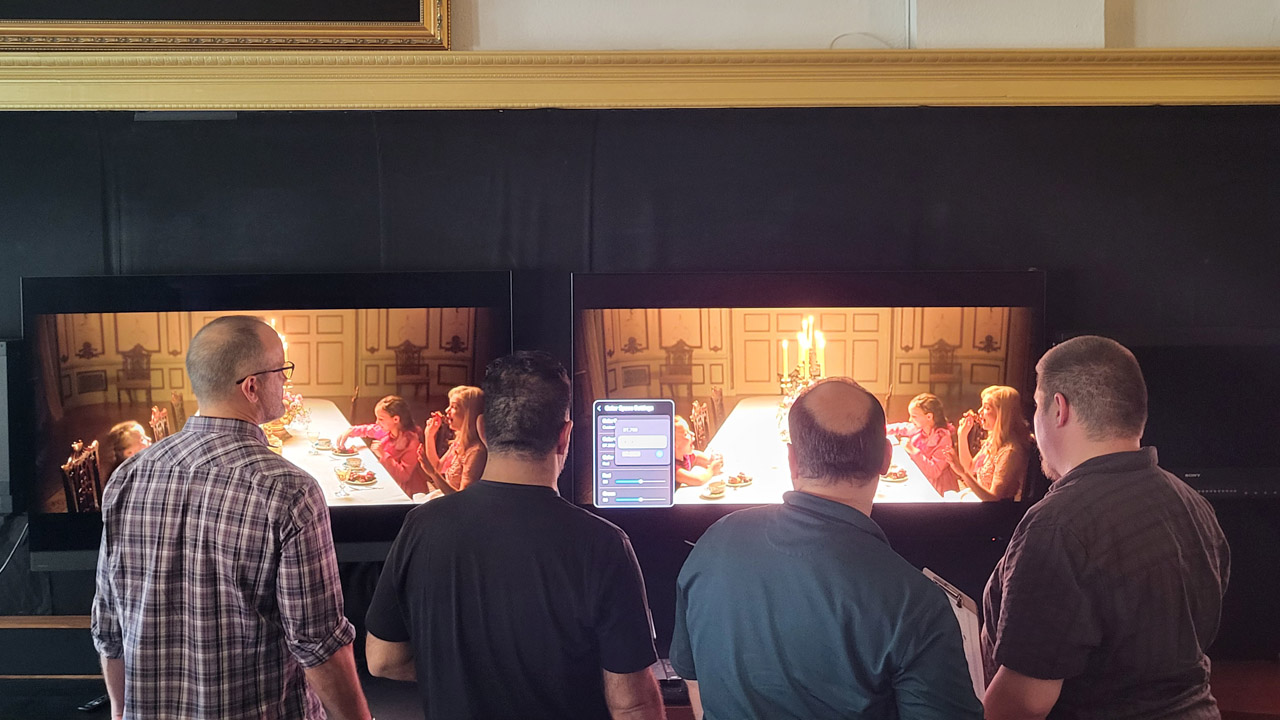





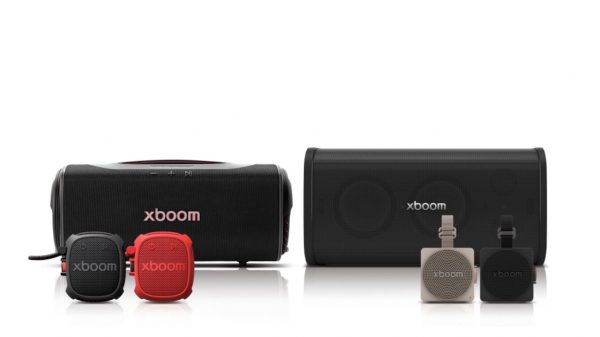


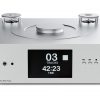
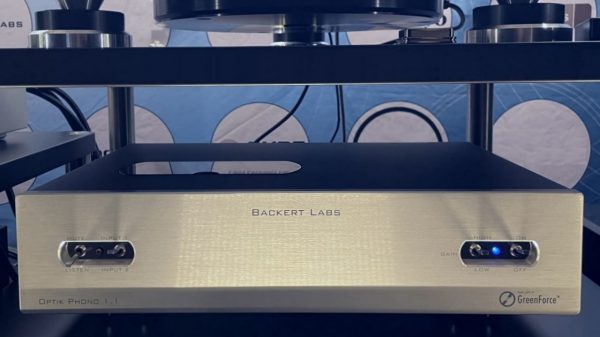


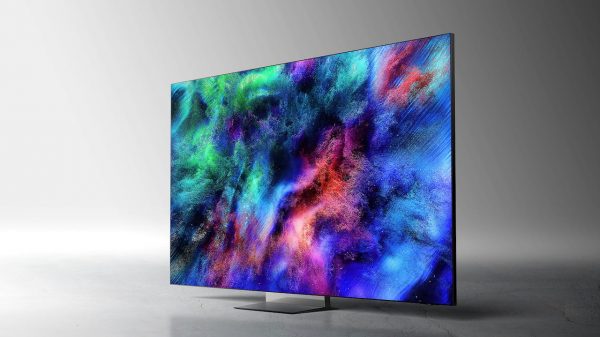
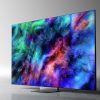


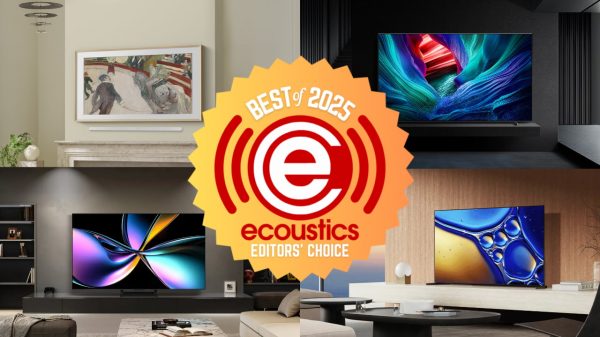
















ORT
July 28, 2025 at 11:13 pm
Hi Chris!
I am always amazed at the progress made in TVs with another years passage. Thank you for this report and I am having trouble not wanting one of these. I currently sit about 7 or so feet from a 65″ set and was considering a 75″ with about 5,000 NITS of fappiness but decided against it as I really do have enough now and I need to concentrate on trying behave. 😉
Sonys are that good, eh? I believe you, brother! I must stay the course…1,000 points of light not NITS!
ORT
Ian White
July 30, 2025 at 8:33 pm
ORT,
I’m amazed at how far panel technology has come in such a short period of time.
Panasonic won’t offer it, but a 98” OLED delivering the level of image quality that Chris judged would be my dream HT setup. Would not be cheap.
MicroLED and MiniLED are the future.
Chris Boylan
July 29, 2025 at 7:30 pm
Hey, Ort,
Honestly all 4 of the OLEDs were impressive in their own rights, but the LG did have some surprising shortcomings. Hopefully some of these can be fixed with software updates. The Samsung and Panasonic both looked great in bright conditions. The Sony is the least bright of the bunch, but when they were all calibrated to 100 nits peak for SDR, that lack of brightness did not hurt it on SDR content. In a dark room, It would be between the Panasonic and the Sony for me, but last year’s Panasonic doesn’t passthrough DTS which is annoying – haven’t tested this one yet, so I’m not sure if they’ve added DTS passthrough support. I do like that the Panasonic supports both HDR10+ and Dolby Vision. And the Sony does do DTS sound on Disney+ and Sony Pictures Core (tested and confirmed), which I like.
Ian White
July 30, 2025 at 8:27 pm
Chief,
Excited to see Panasonic do so well.
How is the TV that you bought? Solid price.